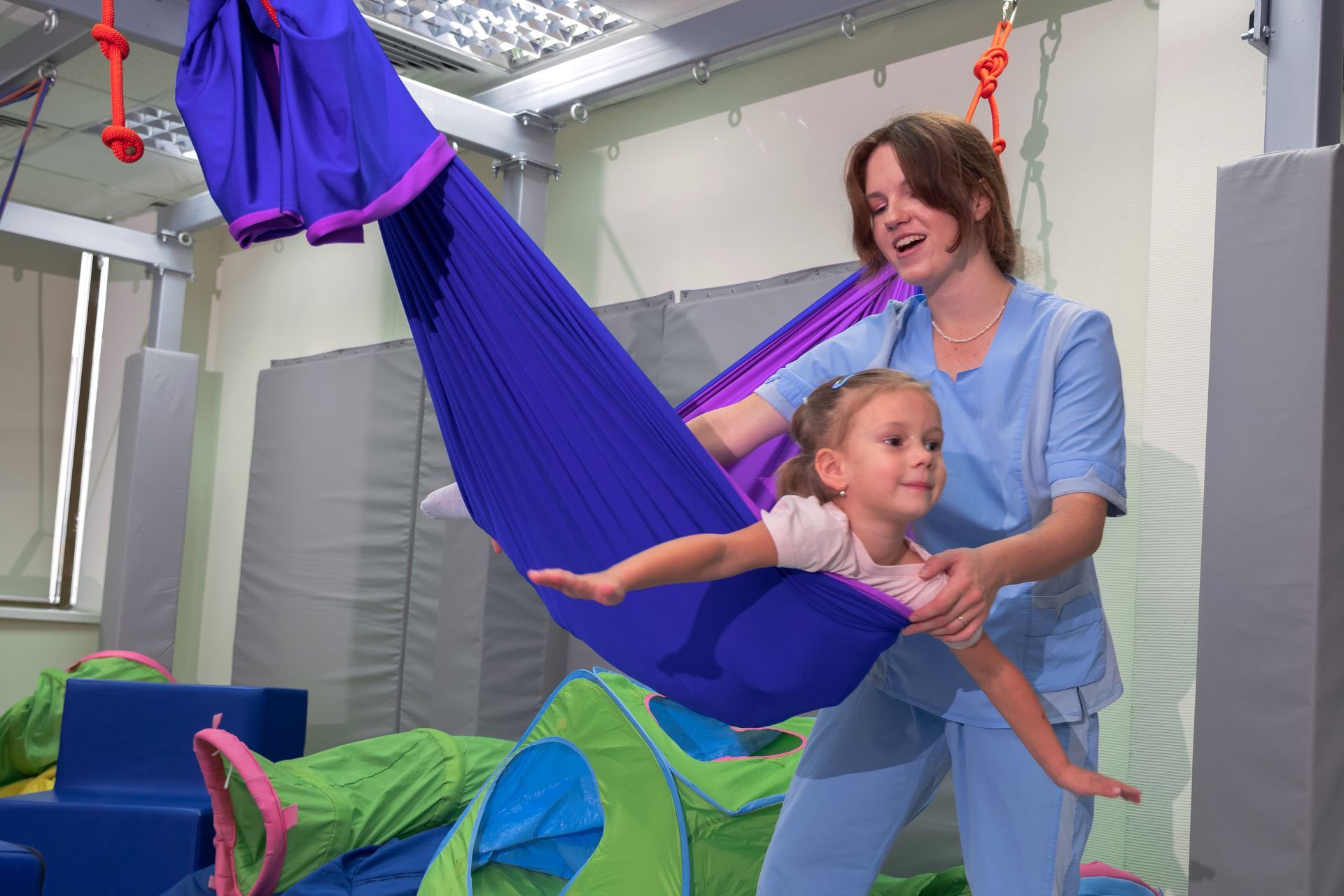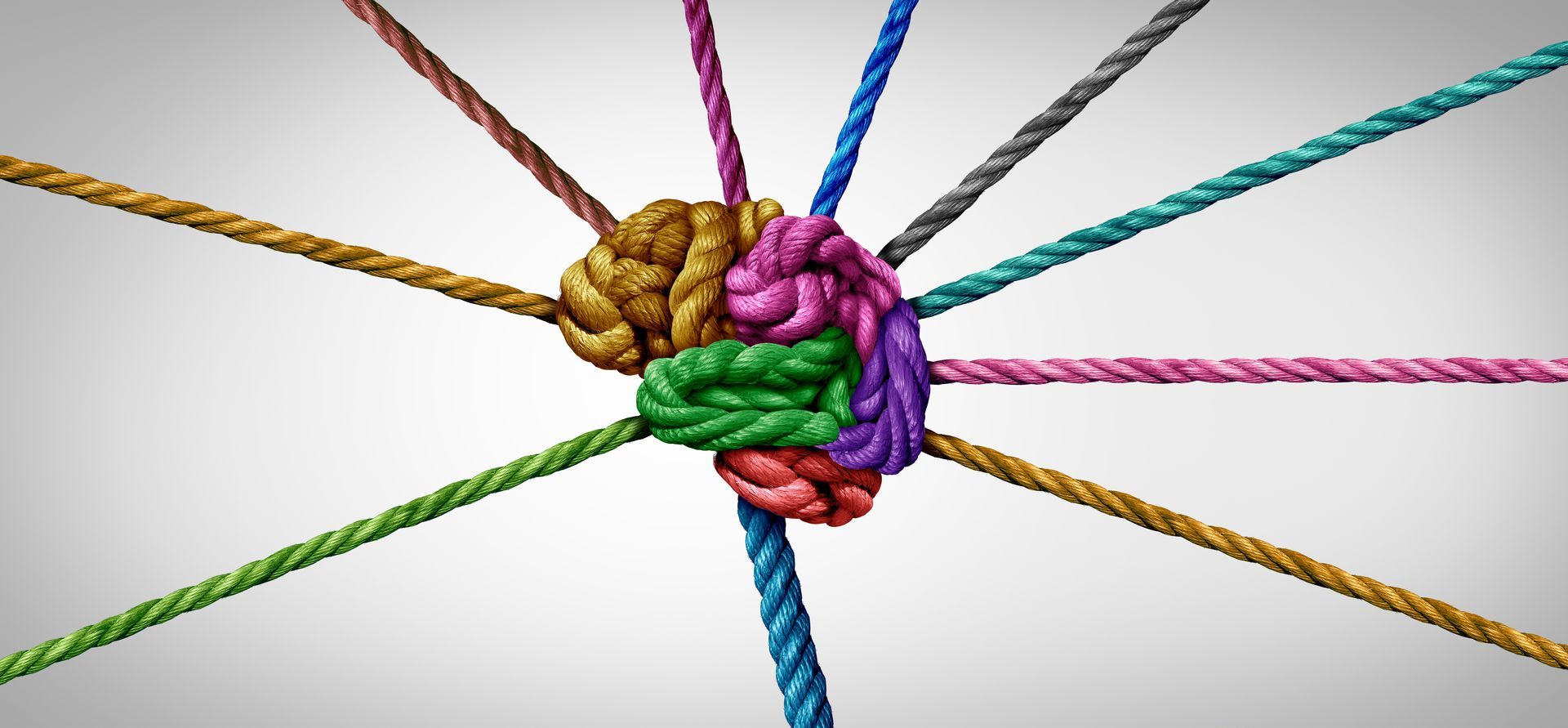Learning from Legends: Monica Cachia hears from Dan Hughes at ICTC 2025

Monica Cachia
Senior Behaviour Support Practitioner
"The way we relate to kids facilitates the development of their ability to have a conversation"
- Dan Hughes
In August, our Senior
Behaviour Support Practitioner, Monica Cachia, attended the International Childhood Trauma Conference hosted by the Australian Childhood Foundation. Monica had the privilege of engaging with a diverse group of passionate clinicians and leading experts in the field of attachment and developmental trauma, particularly the intersection of trauma and neurodivergence. Among the highlights was attending a Masterclass with the legendary
Dan Hughes, Clinical Psychologist and founder of the Dyadic Developmental Psychotherapy (DDP) model.
Why being trauma-informed is not enough: embracing neurodivergent trauma-transformative practice
In recent years, the term trauma-informed has become a cornerstone in education, social work, and therapeutic practice. While this shift has brought much-needed awareness to the impact of trauma, the current evidence argues that awareness alone is insufficient. What’s needed now is a transformative approach, one that not only understands trauma but actively reshapes systems, relationships, and practices to promote healing, justice, and connection. This is especially critical for neurodivergent individuals, including those with autism and ADHD, whose experiences of trauma are at higher rates than their neurotypical counterparts and often misunderstood or overlooked in neuro-normative systems.
From trauma-informed to trauma-transformative
Trauma-informed practice focuses on:
- Recognising the signs and symptoms of trauma
- Creating safe environments
- Avoiding re-traumatisation
- Responding with empathy and understanding
Trauma-transformative practice, by contrast, is:
- Relationally integrative – centres healing in relationships
- Context-aware – acknowledges systemic and intergenerational trauma
- Empowering – supports agency, voice, and co-creation
- Dynamic – adapts to lived realities
Trauma-transformative practice not only addresses the impact of trauma but focuses on relational healing and safety. It approaches care from a whole-of-person centred approach.
Why this shift matters
Being trauma-informed is a starting point, not a destination. Without transformation:
- Systems may still re-traumatise children
- Practitioners may feel burnt out
- Children may be understood but not empowered
Trauma-transformative practice invites us to reimagine care, not just as a response to harm, but as a pathway to justice, connection, and thriving.
The need for inclusive and integrated systems
The strongest protective factor against social trauma is inclusive social change. Every child has the right to feel safe, understood, and valued. We know that neurodivergence and trauma are not mutually exclusive and therefore we need systems to be integrated. We know that if we support neurodivergent folk from a neuronormative lens, we are sometimes inflicting further trauma. We need to see autism and ADHD, not as disorders but as differences in how the brain works, in how senses feel and interpret information. We know that trauma is pre-verbal and that safety is not the same as safeness. One focuses on the absence of threat or controllability of threat, whilst the other is the down-regulation of threat by a secure base and safe haven.
Integrating neurodivergence into trauma-transformative practice
Neurodivergent individuals experience the world in unique ways through different sensory processing, communication styles, and relational needs. Trauma-transformative practice must recognise these differences not as deficits, but as variations in human experience. Supporting neurodivergent children and adults requires moving beyond neuronormative frameworks that may inadvertently cause harm. Instead, practitioners must co-create environments of safeness, where regulation, connection, and identity are nurtured through inclusive and affirming approaches. Care is relational. We need to prioritise connection over compliance, regulation over expectation, and co-regulation before correction.







